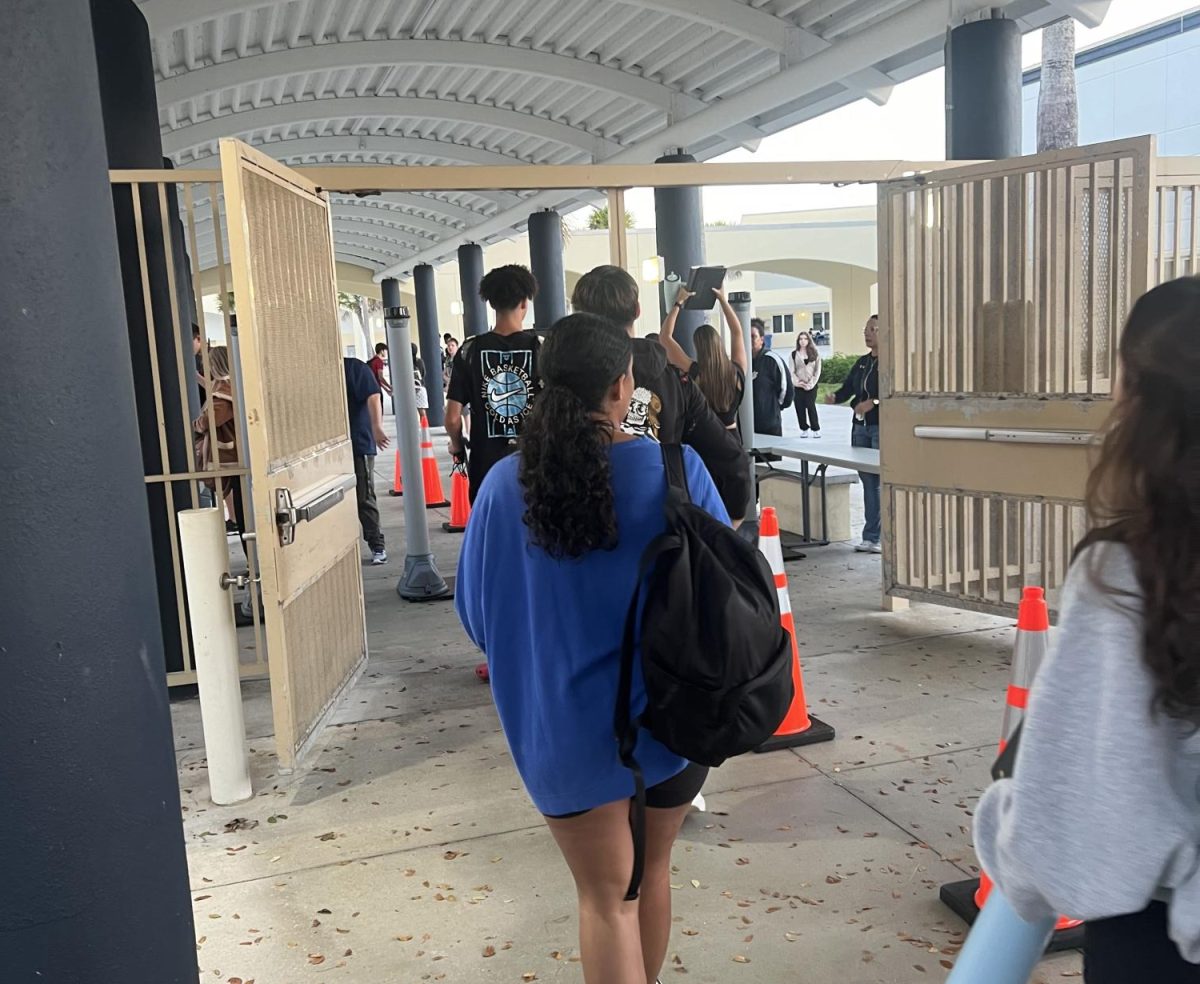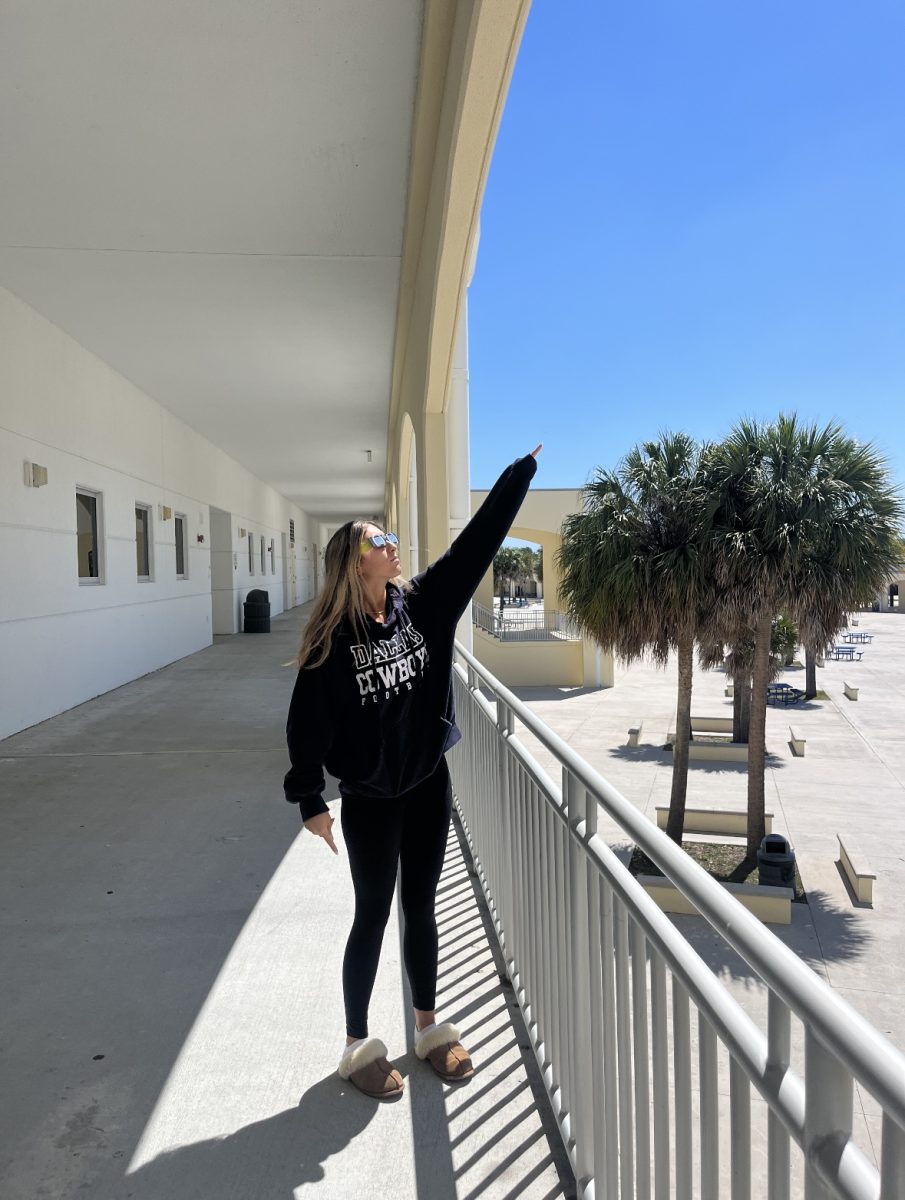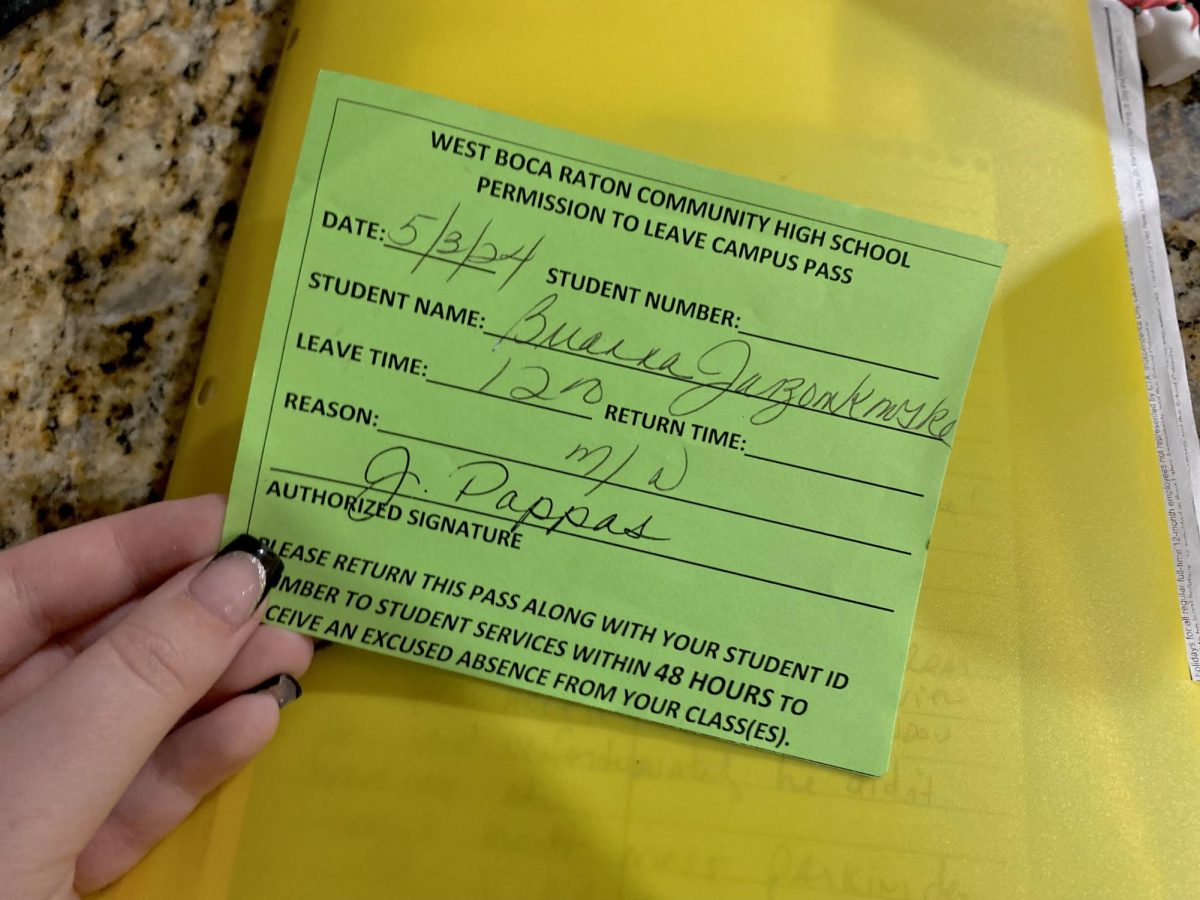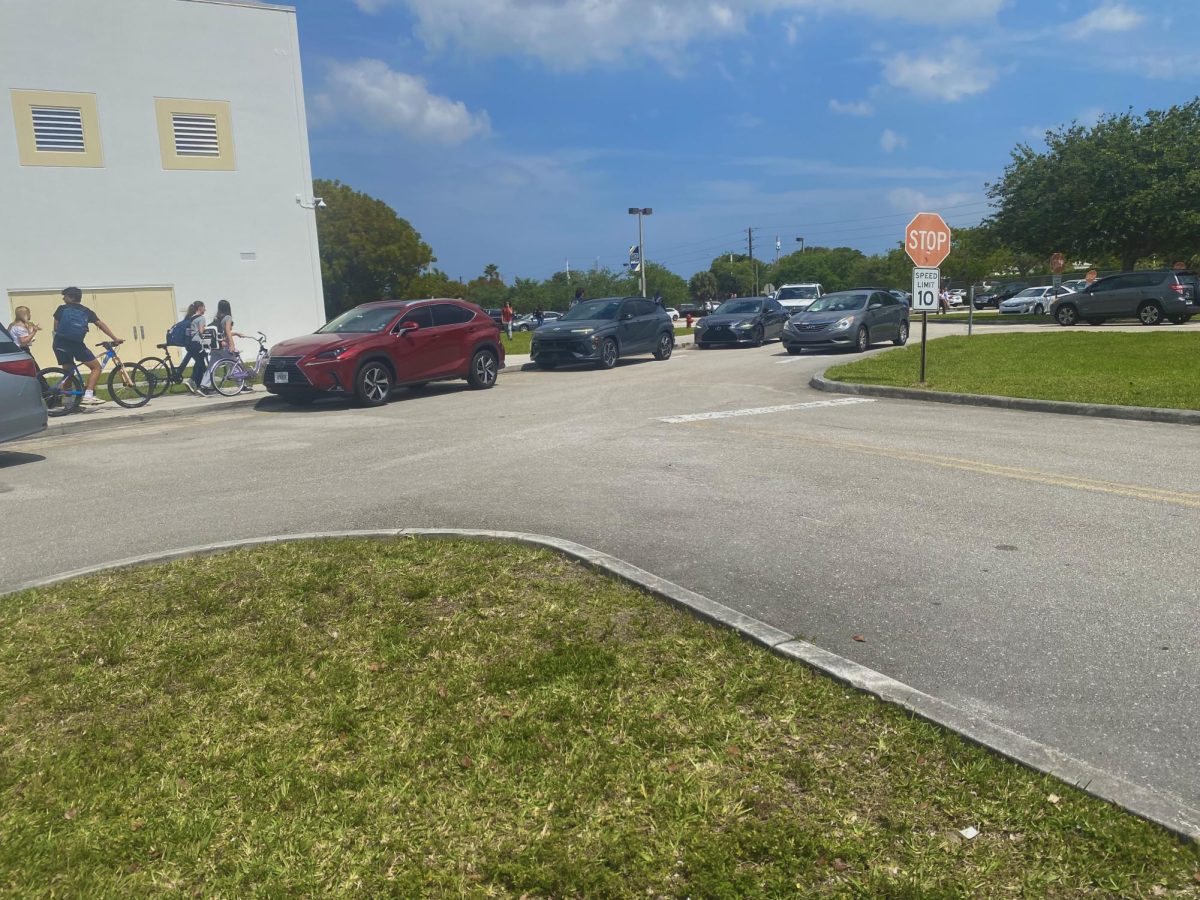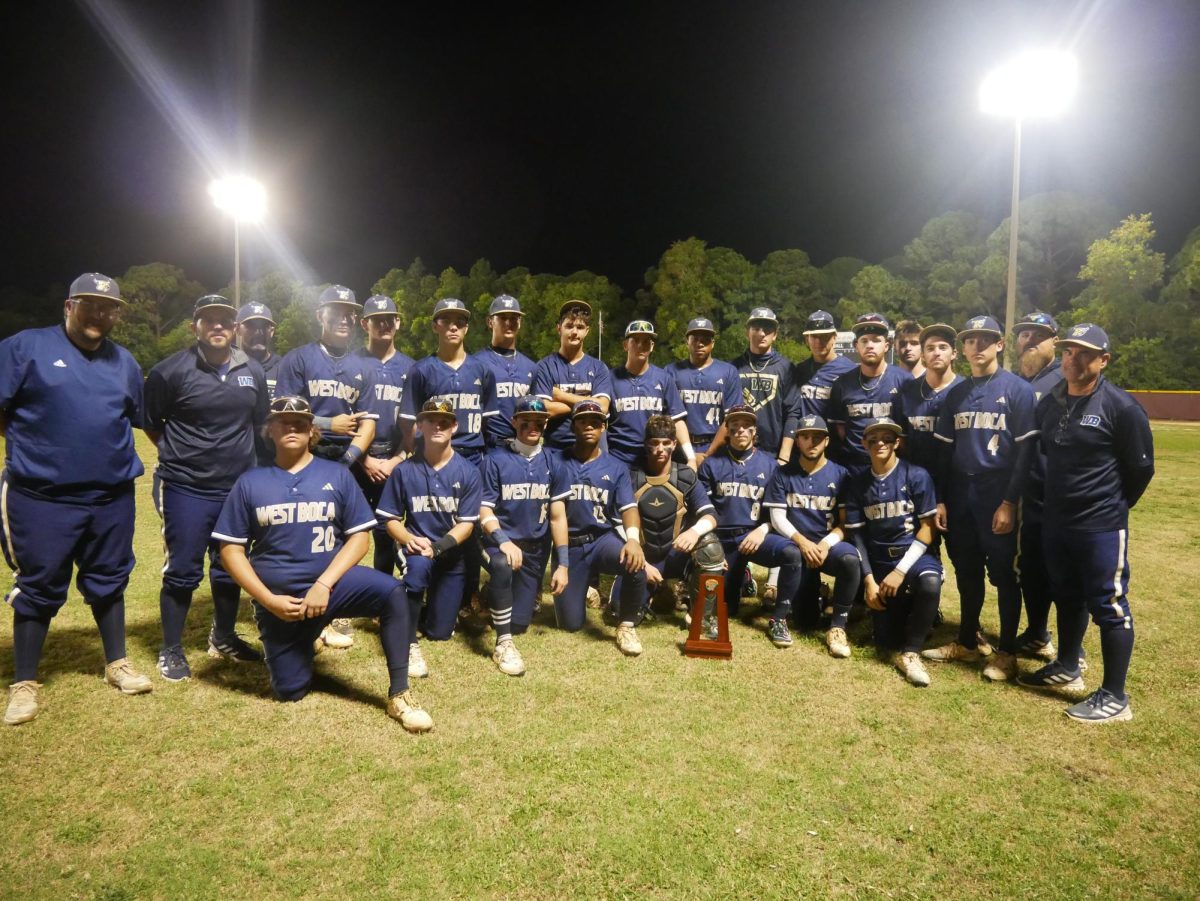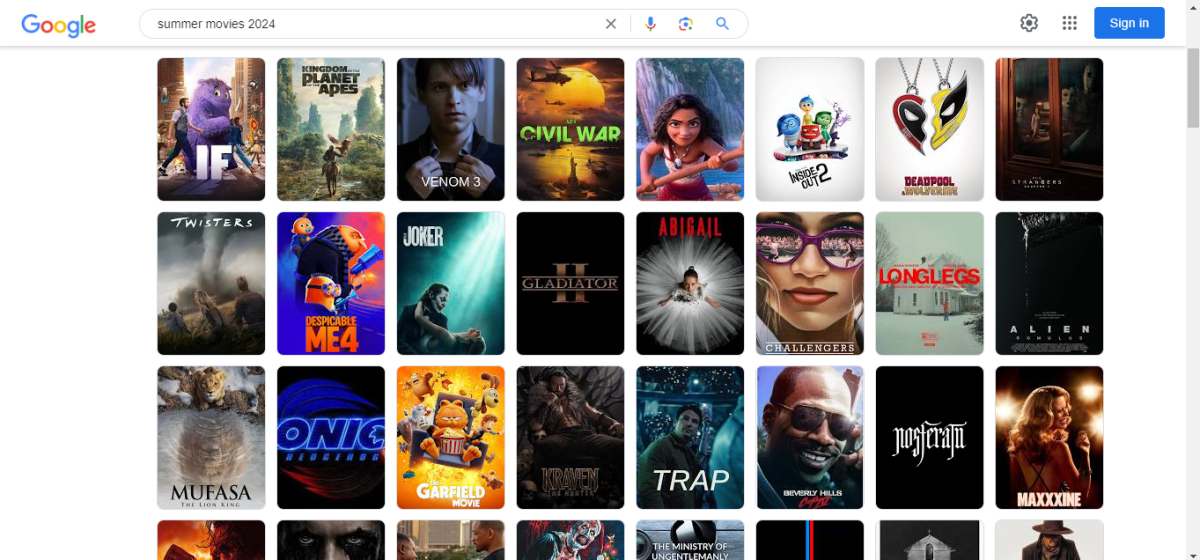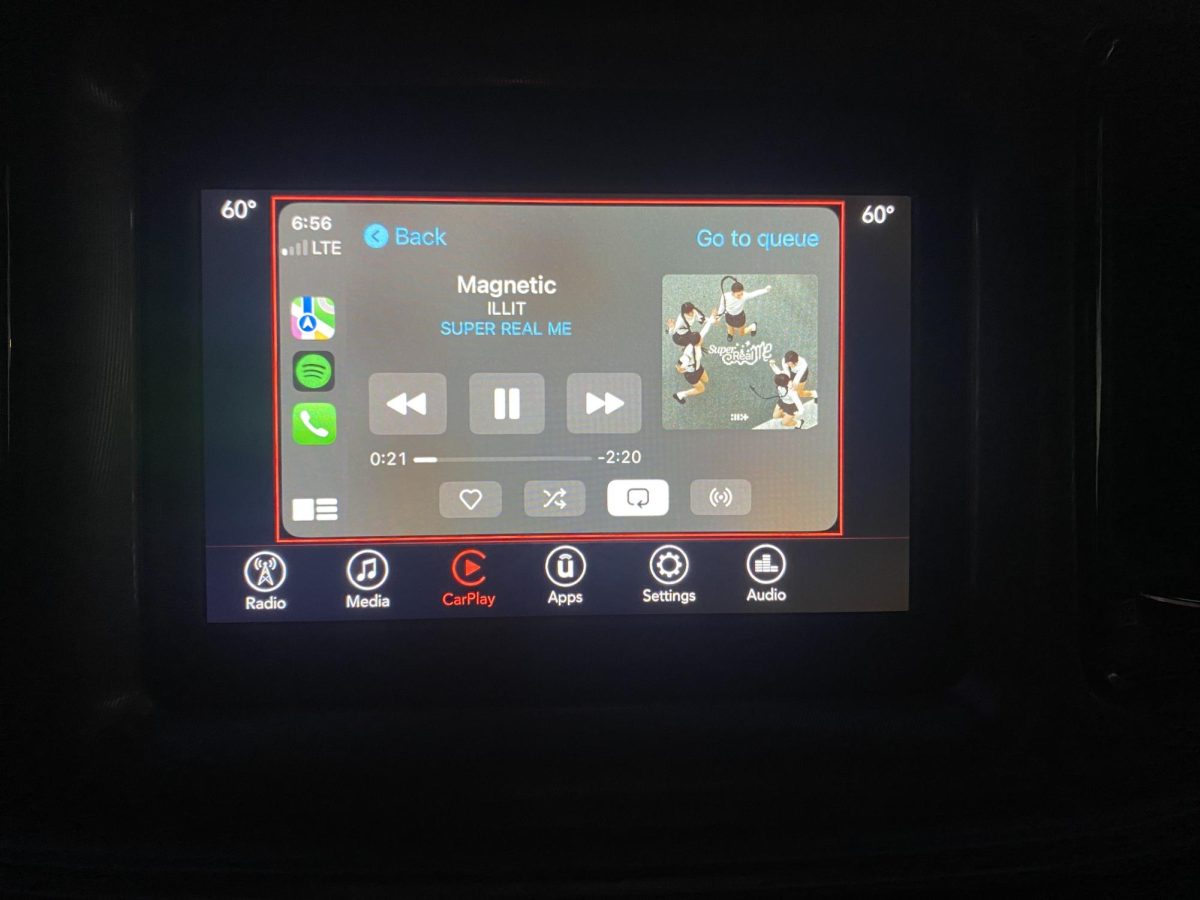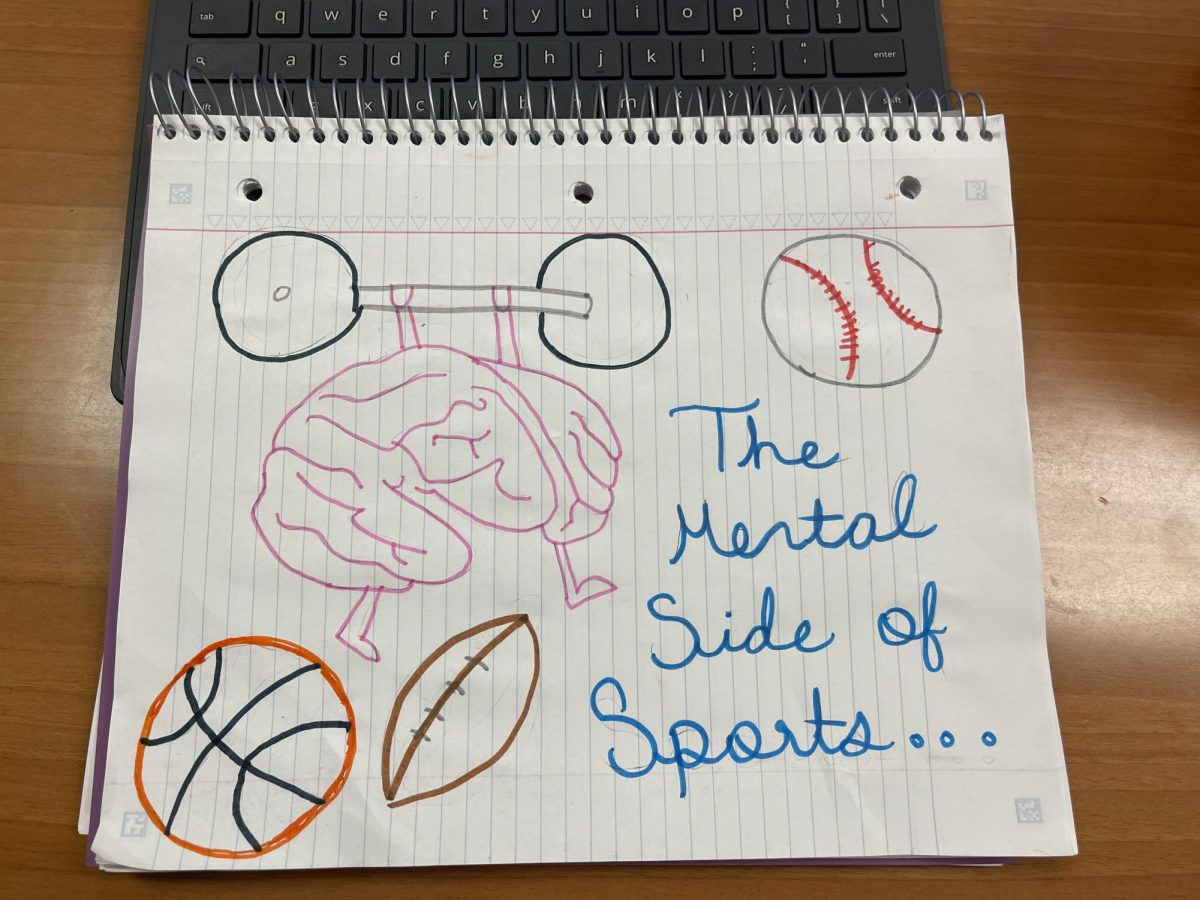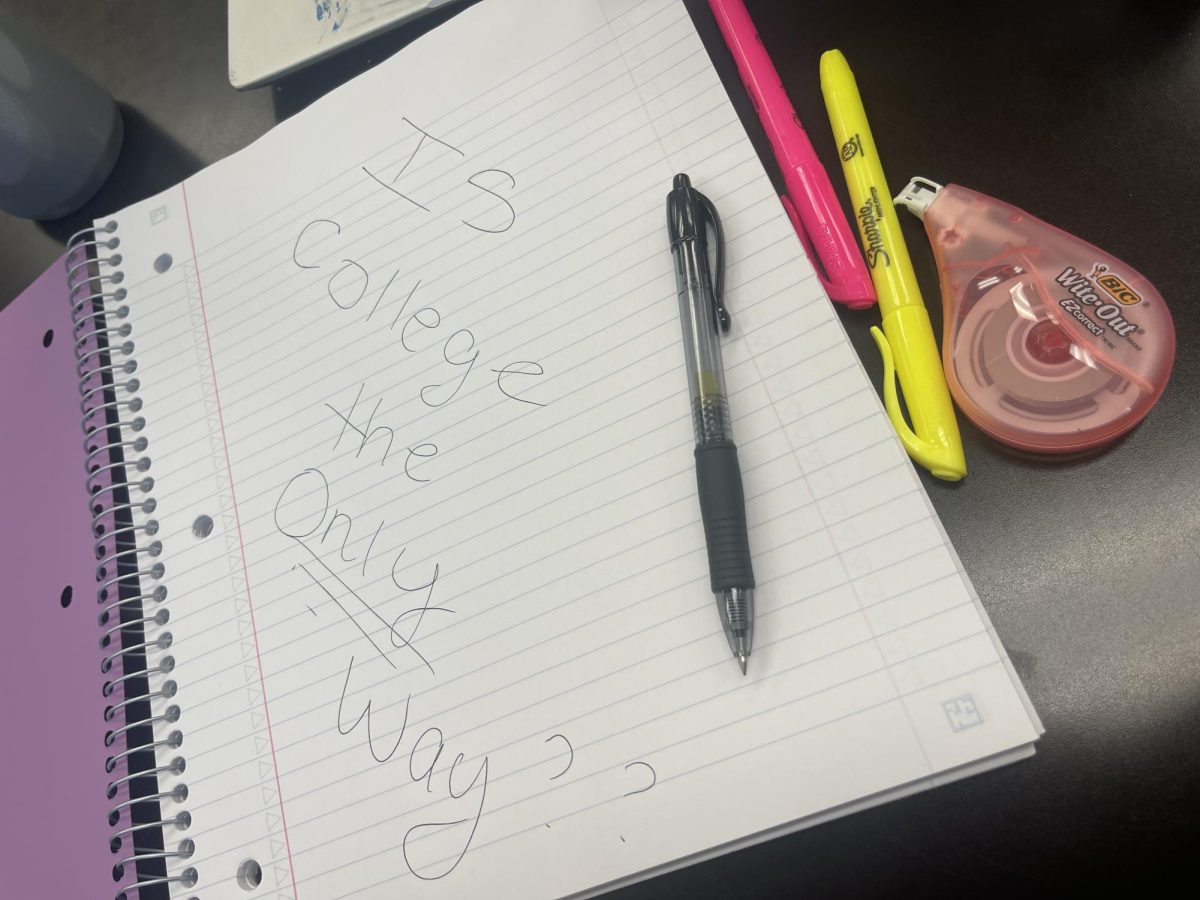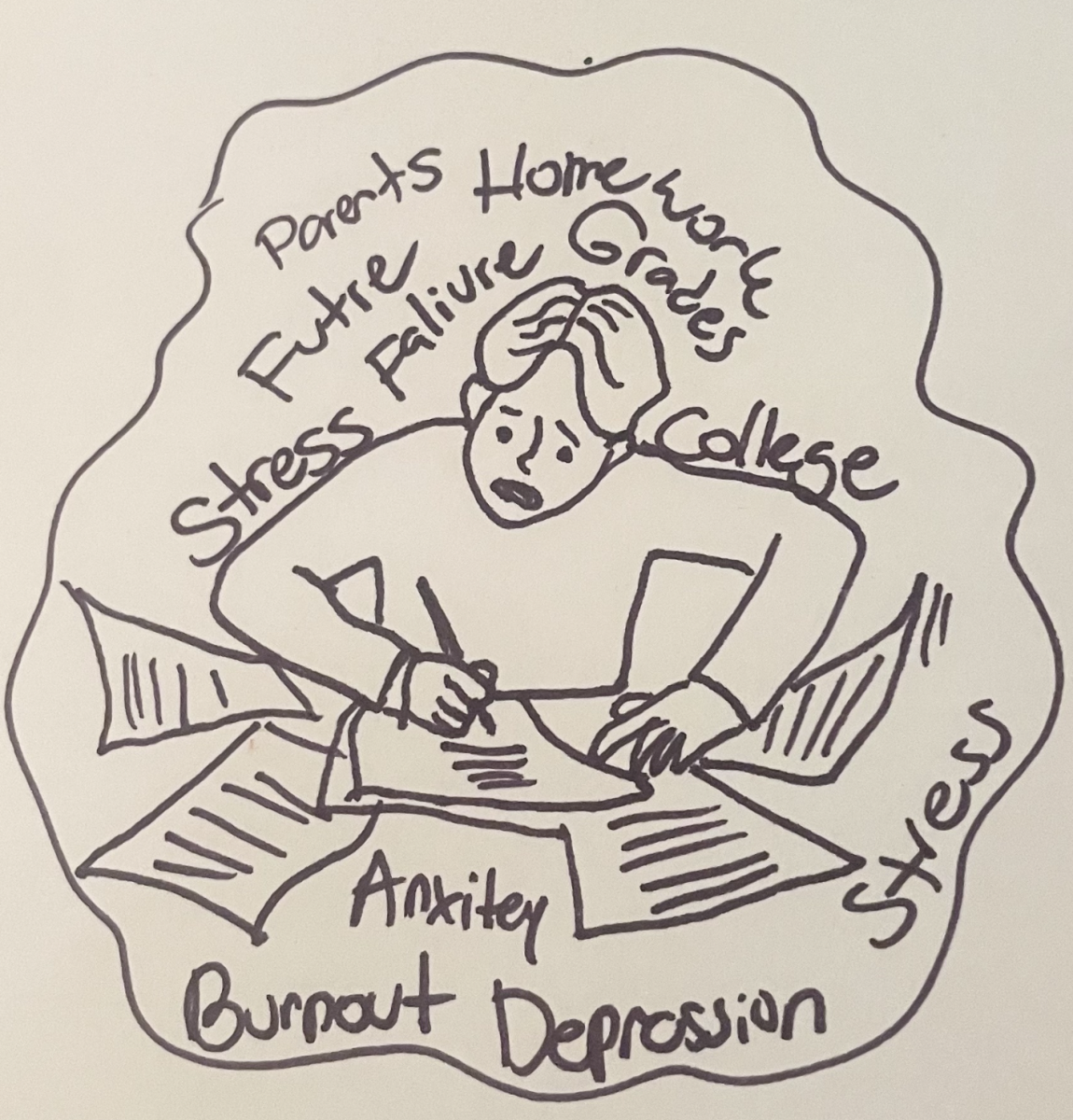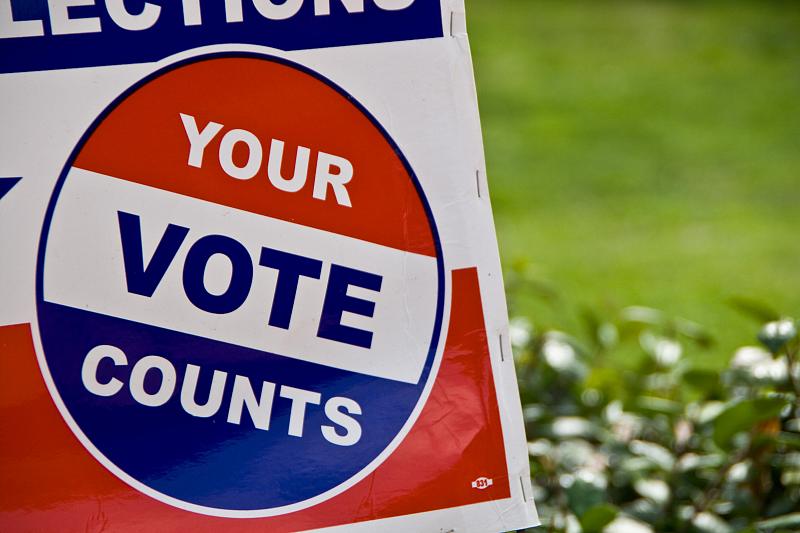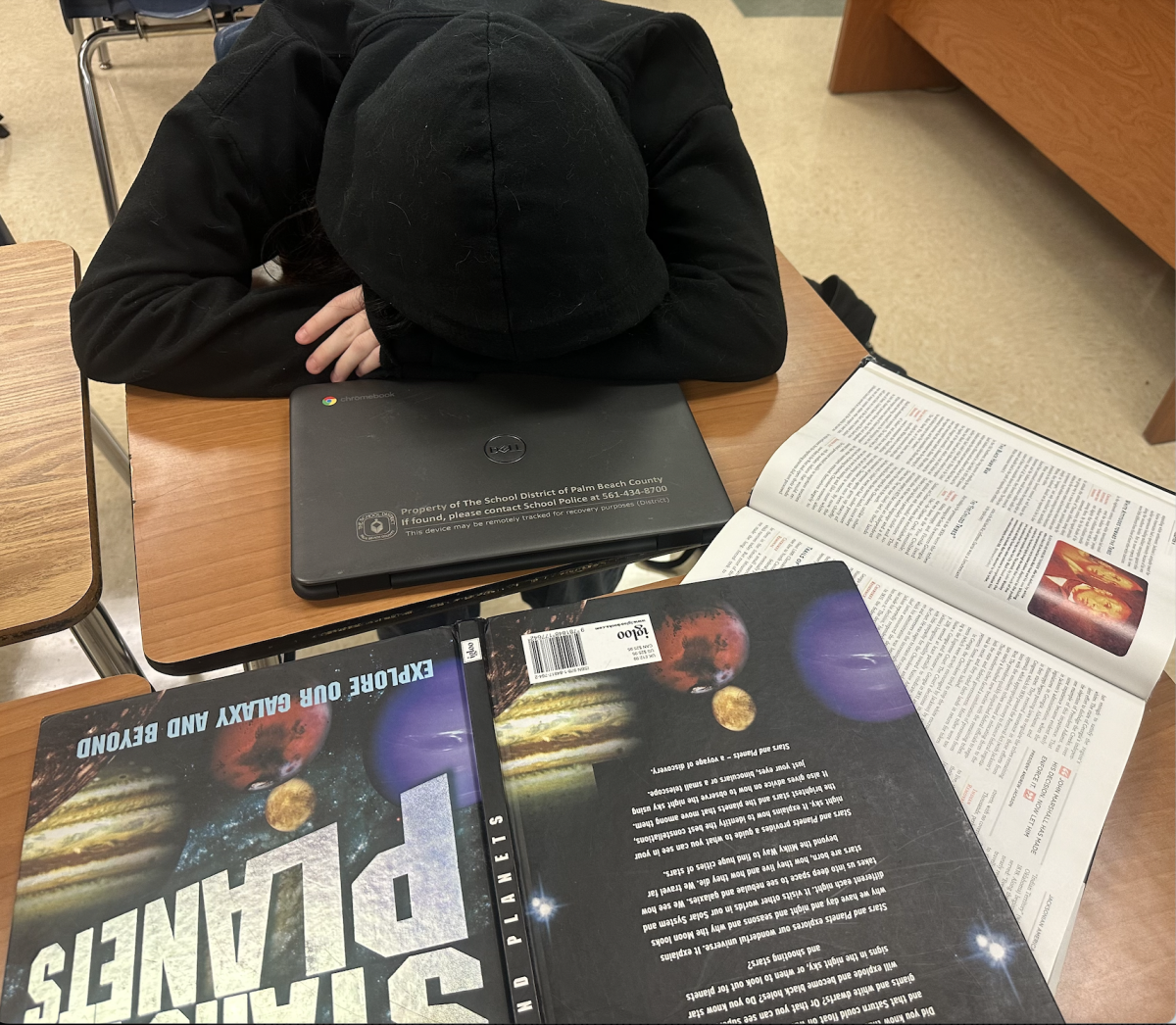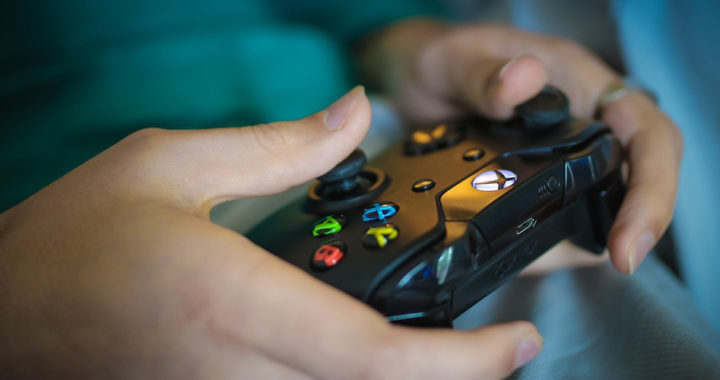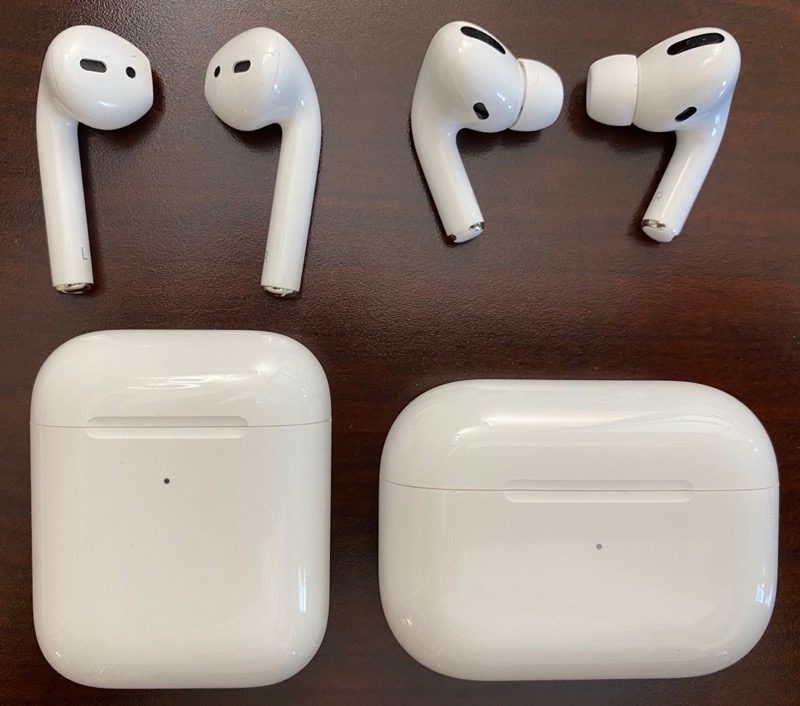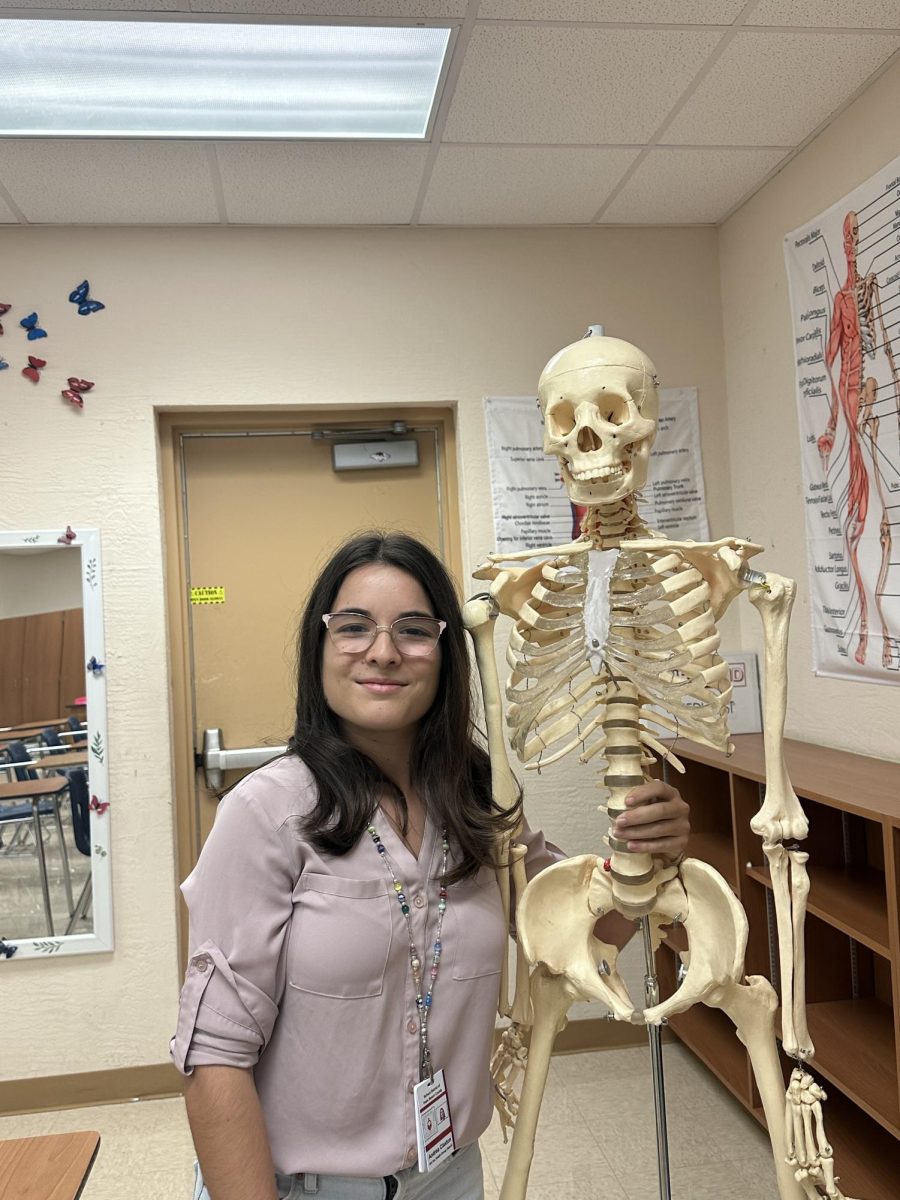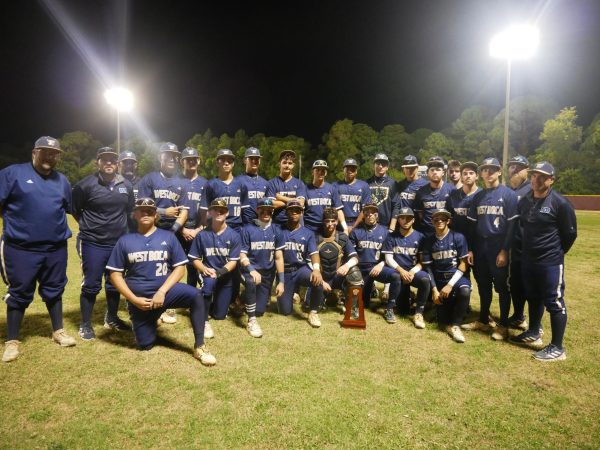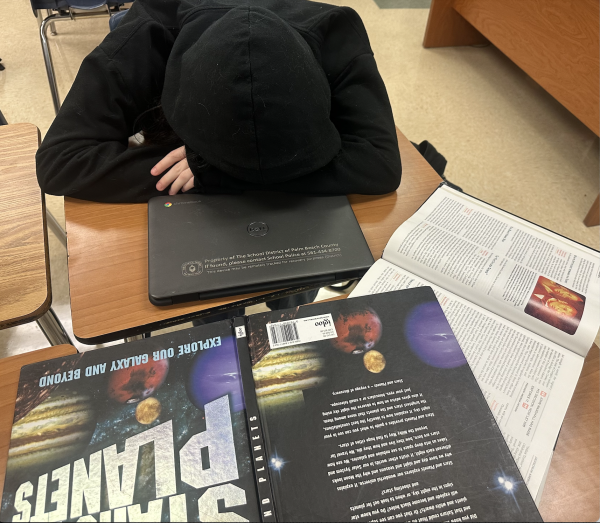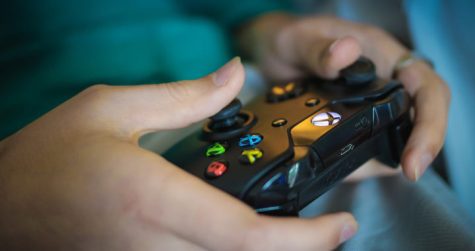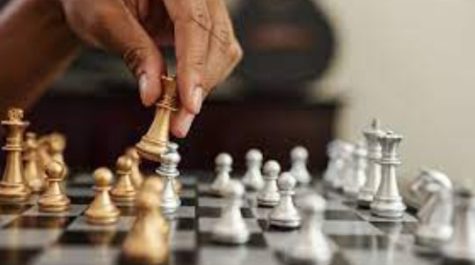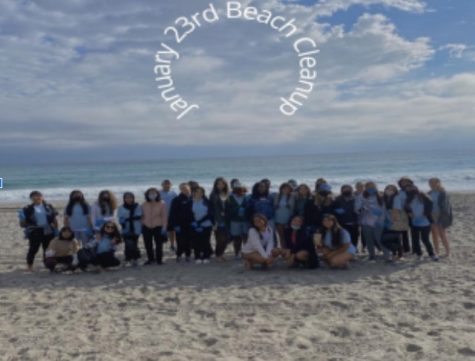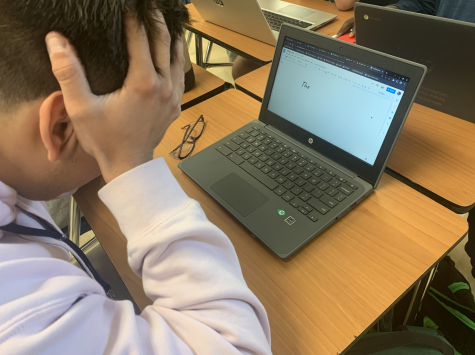Evolution of Education
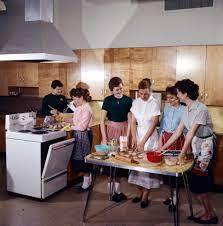
A quick look into a Home Economics class, a commonality among students in the mid-to-late 1900s.
February 24, 2022
School, a place where children from ages 5-18, cultivate their young minds with knowledge and conversation. Like everything in this ever changing world, school has evolved in the last 80 years tremendously. Not only has what is being taught changed, but how it is being taught as well. Education was first formalized in the early 17th century. At this time, almost all teachers were men, who also pursued other jobs, most likely being farming. Teaching was usually a career that people used on their way to becoming a lawyer or doctor later in life. In the 1600s and 1700s, public schools were not common. Only families that could afford to put their children in school could attend. Boys studied at a grammar school and girls were taught by a private tutor in their homes. Both boys and girls in upper class families had the ability to attend infant school together. This was called a petty school. Time progressed and so did education. At the end of the 19th century, Horace Mann, an education reform leader, set out to create standards for education that must be followed in schools, country wide. This was a stepping stone in the education system of America. In the early 1900s, teachers were just beginning to be required to be certified as an instructor. Teachers were to gain professional standards in teaching subjects such as history, reading, arithmetic, grammar, and geography. Private schools at this time offered all of the common subjects to both boys and girls. In addition to these subjects, girls also learned how to walk like a lady and the mannerisms a lady should use. The classes were very small, with only 3 to 4 children in each class. In public schools, there were anywhere between 30-40 children in each class. Teachers were much harder on children in public schools, having the ability to spank them or hit them if they misbehaved. Children who attended public school were supposed to graduate at 16 years old, but most only made it to 8th grade and worked instead. Immigration was very high in the early 1900’s, so special courses were created in order to integrate immigrated students into the education system. They were taught English at a slow pace and how to adjust to the American lifestyle. In the mid 20th century changes were happening all around the U.S., and students were forced to keep focus on their academics. From the mid-1950’s to today there have been many changes to public education.
1950’s:
- In the 1950’s, the idea of “progressive education,” took charge. This puts emphasis on a student’s mental, physical, and emotional being. The traditional methods of education were changed drastically.
- High schools began to offer vocational education and electives.
- Students were provided modern laboratory equipment and audio visual aids.
- Schools became integrated throughout the country, causing political and social uprisings.
- Black chalkboards were used daily to enhance students’ knowledge retention.
- Home economics class was a staple in a young girl’s education. Girls were taught how to do housework and become a housewife. Cooking, cleaning, and caring for a child were the main components of the class. Home economics professionalized “women’s work.”
- Most children lived within walking distance of their school.
- Books were the main source of research because there were no computers or cell phones
- Typewriters were used to write essays.
- Filmstrip projectors were used to show videos and films to the class.
- The only sports available in schools were baseball and basketball.
- Students could go home for lunch and come back to school after.
- Field trips were very rare!
- The first ACT exam was administered in 1959.
1960’s and 1970’s :
- Students began to study old subjects in innovative ways.
- Students learned about the Civil Rights Movement ( change in American History and how it was being taught)
- Students began to learn about the struggles of black people and Native Americans.
- Schooling was very formal
- Young males in America were drafted to the Vietnam War
- The free speech movement began in 1964
- Girls had an extremely strict dress code (knee length skirts and sleeved shirts)
- Makeup was only allowed if it was extremely light and “natural” looking.
- Boys were not allowed to wear jeans, only slacks were allowed.
- Hair (for both boys and girls) was to be kept short and well groomed.
- Many schools based their lessons with religious intent (bias was allowed)
- Students were offered AP classes, but only in the highest rated public schools with the highest amounts of funds. The classes offered were very limited.
1980’s and 1990’s :
- AP classes were offered for students, and it was common for high schoolers at a high level to take these classes.
- Certain academic levels were set in order for students to graduate.
- There was a huge controversy about teaching religion in the classroom. Ronald Reagan, President during the 80’s, was a huge advocate for teaching students about religion.
- Alternatives to generic education were offered starting in the 90’s.
- CompuHigh-Whitmore School was the first online school was created in 1994
- The Aice Program began in 1997.
Early 2000’s:
- In 2002, the No Child Left Behind Act was created to ensure that the United States’ education system was internationally competitive. Schooling became increasingly harder, pushing more and more students each year into very rigorous classes. Students were able to graduate early and take college classes while in high school. If schools did not follow the rules of the act, then they risked losing their funding.
- Multiple different electives were offered, on top of students’ main classes. This includes ceramics, computer software design, and foreign language.
- 9/11 occurred, affecting the security level in schools and the US in general.
- Social media became very popular.
- The first iPhone was introduced in 2007, making a teacher’s job even harder!
Now:
- Students are offered more opportunities to work in groups and collaborate on assignments.
- The Covid-19 Pandemic set back students’ education majorly, as everything was remote. Transitioning back into brick and mortar school has been very difficult for both students and teachers. Most assignments are still offered online, due to students being infected with the virus, and having to study at home.
- Students are ranked by grades and have the opportunity to earn multiple different types of scholarships based on academic or athletic achievement.
- Religion is not discussed in a biased manner in schools, and teachers must be much more careful with the subjects they speak about to students.
- Rigorous classes are the norm for most students. In order to be accepted into a decent college, students take high level classes, like AP, Aice, or Honors.
- Pressure and stress levels in students have drastically increased, due to the difficulty the pandemic has brought to many families. Learning becomes easier for some and harder for others while online, so now, students must relearn everything they missed. Playing a game of “catch up” and “keep learning” is difficult to say the least.
Just like life and the world is ever changing, education continues to evolve as well. Students have become brighter, teachers have become more qualified, and everyone has become more stressed. School has evolved from only learning grammar and going home for lunch, to learning AP calculus along with 6 other equally challenging courses. High school is a challenge that we can and will overcome. At the end of the day, being educated is important to not only our own well being, but the well being of our peers and any other future generations to come.




